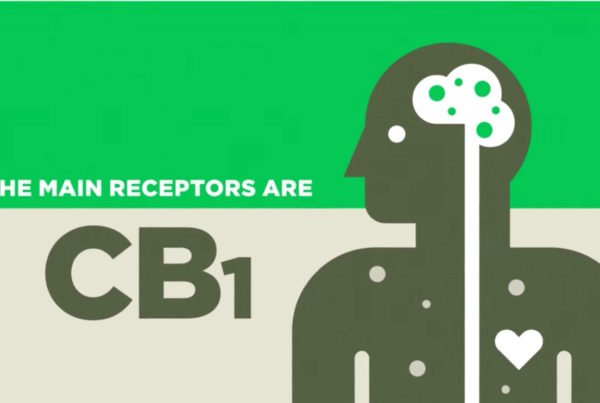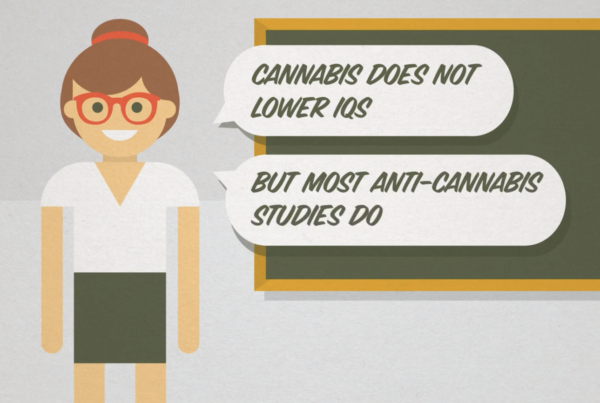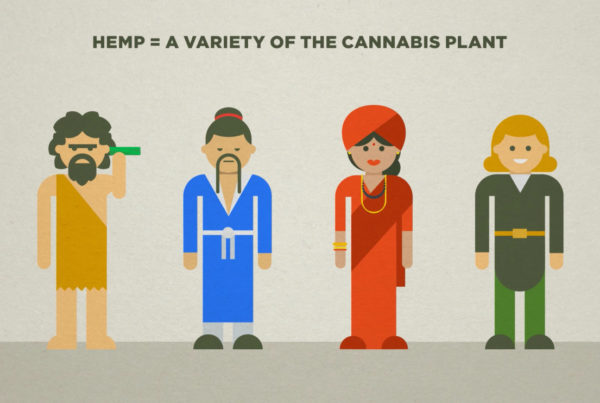In June 2016, the Journal of the American Medical Association—Psychiatrypublished a study on the health effects of cannabis based on large-scale, longitudinal data tracked by medical professionals over several decades. The findings suggested that long-term cannabis users had equal or higher physical health marks in every category except for gum health, putting physical health risk on par with failing to floss. The lack of health risks should have been the bullet point of the study, especially since it contradicted so many unsubstantiated anti-cannabis claims. Surprisingly, the most common media headlines included “Cannabis smoking linked to periodontal disease,” “Marijuana linked to early gum disease” and “Marijuana use linked to gum disease.” Even when the findings support an overall positive view of cannabis, people find a way to make any negative the headline.
This recent example epitomizes the difficulties that many people have when trying to absorb so much contradictory information about cannabis health benefits and risks. Unfortunately, nearly a century of cannabis-related prejudice, stigma and discrimination still taint many cannabis studies, including how data is collected, measured and summarized.
“There’s just so much noise and chatter because there’s so many harm studies being funded, much more so than benefit studies,” explains Dr. Sunil Aggarwal of Doctors for Cannabis Regulation (DFCR) to PRØHBTD. “Just the sheer number where people are trying to justify harm—of course, there’s risks for cannabis use, just like there’s risk for any substance use. When we’re talking about medical indications, we stand with many of our colleagues in medicine who believe the evidence shows that cannabis does have bona fide, specific medical uses. It’s been proven by repeated, high-quality trials.”
High-quality trials are multiplying in number, but the U.S. still severely restricts cannabis studies involving the actual plant. The Controlled Substances Act(CSA) made cannabis a wholly prohibited Schedule I substance that, it claims, has no medical value, which means there is no need to perform anything but harm studies. Due to the limited ability to study the plant properly, the findings in health risk studies typically involve observational data, and prohibitionists are always quick to confuse association with causation. This is particularly problematic because cannabis can reduce symptoms for certain disorders, and individuals might use the plant to self-medicate. Sure, self-medicating with any substance is problematic, but saying cannabis caused or contributed to a disorder directly due to higher usage rates ignores—maybe willfully—the otherwise obvious possibility that the individuals smoked cannabis to reduce symptoms. It is like suggesting aspirin might cause headaches because usage rates are higher among chronic sufferers.
When analyzing different studies, Dr. Aggarwal suggested, “The best thing to do is see if it makes common sense, see if it’s being published in a reputable journal and then always have a look at who’s funding the study.”











